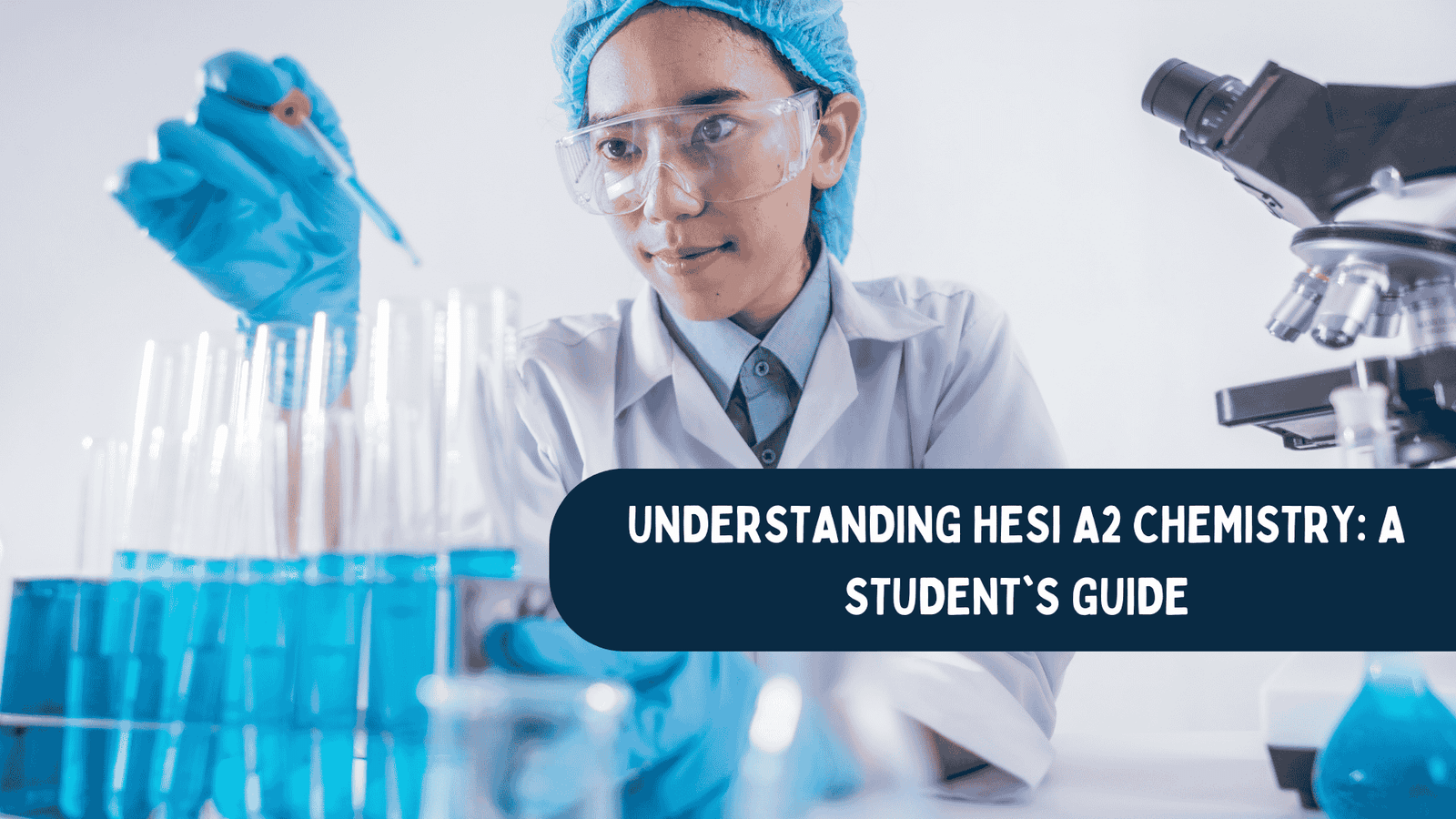The HESI A2 exam is a critical assessment for students aspiring to enter nursing programs, and the chemistry section plays a vital role in gauging your readiness for advanced medical studies. This post will provide an overview of key concepts, essential topics, and strategies to help you master HESI A2 chemistry.
Key Concepts in HESI A2 Chemistry
To excel in the HESI A2 chemistry section, it’s essential to grasp foundational concepts. Here’s a breakdown of critical areas you should focus on:
Atomic Structure
- Atoms and Elements: Understand that atoms are the basic units of matter, composed of protons, neutrons, and electrons. Familiarize yourself with the periodic table, which organizes elements based on their atomic number and properties.
- Isotopes: Learn about isotopes, which are variants of elements that have the same number of protons but different numbers of neutrons.
Chemical Bonds
- Ionic and Covalent Bonds: Differentiate between ionic bonds (formed when electrons are transferred between atoms) and covalent bonds (formed when atoms share electrons). Recognizing how these bonds affect molecular structure is crucial.
- Polarity: Understand the concept of polarity in molecules, which impacts their behavior in solutions and reactions.
Chemical Reactions
- Types of Reactions: Familiarize yourself with the various types of chemical reactions, including synthesis, decomposition, single replacement, and double replacement.
- Balancing Equations: Practice balancing chemical equations to obey the law of conservation of mass, ensuring the same number of atoms of each element is present on both sides of the equation.
Stoichiometry
- Mole Concept: Understand the mole as a unit that measures the amount of substance, allowing for conversions between mass, moles, and number of particles.
- Calculating Reactants and Products: Learn to use stoichiometry to determine the amounts of reactants needed or products formed in a chemical reaction.
Solutions and Concentrations
- Solubility: Study the factors affecting solubility and how to calculate concentrations, including molarity and molality.
- Dilution: Learn how to prepare solutions at different concentrations and the principle of dilution (C1V1 = C2V2).
Acids and Bases
- Properties of Acids and Bases: Understand the characteristics of acids (which release hydrogen ions in solution) and bases (which release hydroxide ions).
- pH Scale: Familiarize yourself with the pH scale, which measures the acidity or alkalinity of a solution, and learn to calculate pH based on hydrogen ion concentration.
Effective Preparation Methods
- Active Learning: Engage in active learning techniques such as solving practice problems, conducting experiments, or discussing concepts with peers to reinforce your understanding.
- Visual Aids: Use diagrams and charts to visualize concepts like atomic structure, molecular geometry, and reaction mechanisms. Visual aids can help simplify complex topics.
- Regular Review: Schedule regular review sessions to reinforce your knowledge. Break down the material into smaller sections and review them consistently rather than cramming.
Practice Resources
- Official HESI A2 Study Guides: Use study guides tailored to the HESI A2 exam, which often include practice questions, detailed explanations, and topic summaries.
- Online Practice Tests: Take advantage of online platforms that offer practice exams for the HESI A2 chemistry section. This can help familiarize you with the format and timing of the actual test.
- YouTube Educational Channels: Explore educational YouTube channels that provide chemistry tutorials and explanations. Many educators create content specifically targeting HESI A2 topics.
Conclusion
A strong grasp of chemistry is essential for your success in the HESI A2 exam and your future nursing studies. By focusing on key concepts, utilizing effective study strategies, and engaging with available resources, you can enhance your understanding and performance in the chemistry section.
FAQs about HESI A2 Chemistry
Q1: How many questions are on the HESI A2 chemistry section?
A1: The HESI A2 chemistry section typically contains around 25 questions.
Q2: What topics are most commonly tested in HESI A2 chemistry?
A2: Focus on atomic structure, chemical reactions, stoichiometry, solutions and concentrations, and acids and bases.
Q3: How can I improve my chemistry knowledge for the exam?
A3: Utilize study guides, practice tests, online resources, and group study sessions to strengthen your understanding of chemistry concepts.
By committing to your studies and employing effective strategies, you’ll be well-prepared to tackle the HESI A2 chemistry section with confidence. Good luck with your preparation!



Pingback: Free HESI A2 Chemistry Practice Test